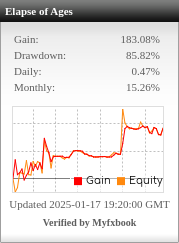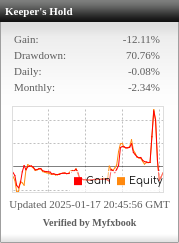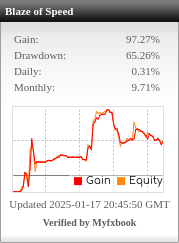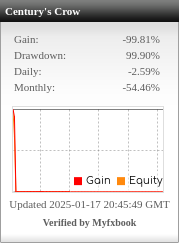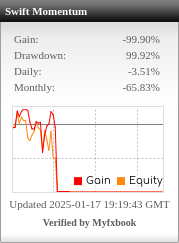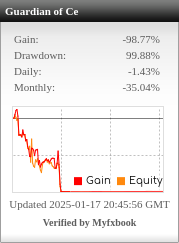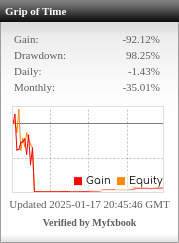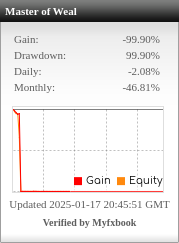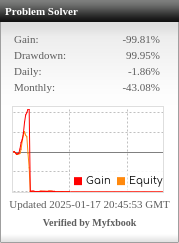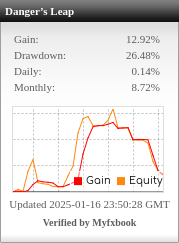Table of Contents
ah yes i added these filters already in all step;
Profit factor (IS) > 1.4
Ret/DD ratio (full) > 4
Stability (is) > 0.6
open dd % (is) < 50%
cagr/max dd % (is) > 0.6
sharp ratio (is) > 1.5
max dd % (OOs) < 70%
Great! Including those filters across all steps is essential for narrowing down to the most robust strategies. Here’s how to use these filters effectively in your final review and comparison process:
Review of Applied Filters:
- Profit Factor (IS) > 1.4:
- Ensures that in-sample (IS) strategies generate at least $1.40 in profit for every $1.00 of loss.
- Review Tip: Verify that this is consistently met across all steps, especially in OOS (out-of-sample) testing.
- Ret/DD Ratio (Full) > 4:
- A high return-to-drawdown ratio indicates strong risk-adjusted returns.
- Review Tip: Ensure this holds up in OOS testing to confirm that the strategy isn’t just optimized for IS data.
- Stability (IS) > 0.6:
- Indicates a steady equity curve without significant fluctuations.
- Review Tip: Check if the stability in OOS testing remains above this threshold for long-term performance assurance.
- Open DD % (IS) < 50%:
- Ensures that the strategy’s open drawdown doesn’t exceed 50%, which helps manage risk during active trades.
- Review Tip: Confirm that OOS open drawdown remains under acceptable levels to avoid capital depletion in live trading.
- CAGR/Max DD % (IS) > 0.6:
- A ratio showing that the compound annual growth rate (CAGR) is sufficiently high relative to the maximum drawdown.
- Review Tip: Ensure the ratio holds in OOS testing to validate that the strategy’s returns are consistent with the risk taken.
- Sharpe Ratio (IS) > 1.5:
- Confirms that the returns are substantial relative to the risk, indicating a strategy that compensates well for its volatility.
- Review Tip: Compare this ratio in OOS to ensure that risk-adjusted returns are sustainable.
- Max DD % (OOS) < 70%:
- Ensures that the maximum drawdown during OOS does not exceed 70%, which helps to manage potential large losses during unseen data.
- Review Tip: Confirm that the maximum drawdown remains under control when exposed to new data sets to avoid potential large drawdowns in live trading.
Next Steps for Final Review:
- Cross-Check Consistency:
- Verify that the filters are met in both IS and OOS testing. Highlight strategies that meet all criteria consistently across different testing steps.
- Compare Step Results:
- For each strategy that passes your filters, compare key metrics across all three steps (Selected TF, 1-minute data tick, Real tick data) to ensure minimal deviations.
- Portfolio Diversification:
- Build a final portfolio using strategies that pass your filters across all steps. Ensure that the portfolio includes a mix of strategy types, timeframes, and trading approaches to mitigate risk.
- Forward Test in Demo:
- Run these selected strategies or portfolios in a demo environment for real-time performance evaluation. This helps validate that they align with their backtested and OOS results.
Summary:
Using these filters across all steps ensures that the strategies you select are robust, consistent, and suitable for live trading. Your criteria already set a high standard for selection, which will help you build a reliable and diversified trading portfolio.


